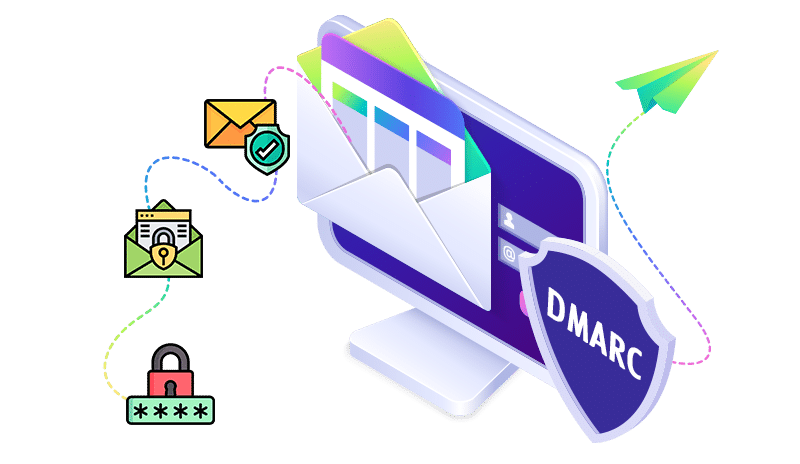Feature set
We found MailHardener offers a robust and comprehensive suite of email security features that go beyond basic DMARC monitoring. It provides detailed DMARC reporting alongside advanced tools like SPF flattening and hosted DMARC, which we found particularly useful for complex domain setups.
We also appreciated its focus on BIMI, MTA-STS, and blocklist (or blacklist) monitoring, providing a holistic view of email authentication and reputation. MailHardener aims to give you a complete toolkit for managing your domain's email health.
DMARC Monitor, in our experience, provides a more focused approach, primarily concentrating on core DMARC, SPF, and DKIM reporting. While it efficiently delivers essential insights into email authentication, we noted that it does not extend to the broader email security features seen in MailHardener, such as hosted DMARC or advanced DNS monitoring.
It's a solid choice for straightforward DMARC implementation and managing basic email authentication. We found it focuses on clear, concise reporting for compliance rather than an expansive feature set.











































 0 / 5(0)
0 / 5(0)
 0 / 5(0)
0 / 5(0)



